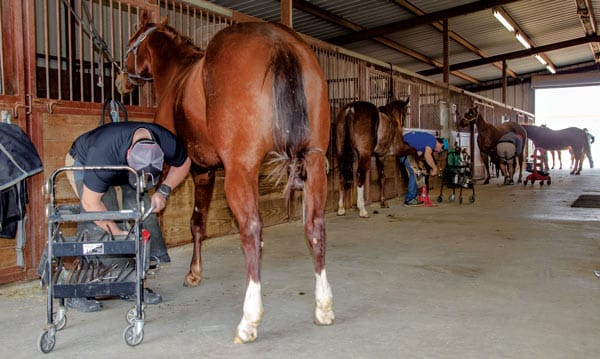Grooming Nervous or Difficult Horses: A Comprehensive Guide
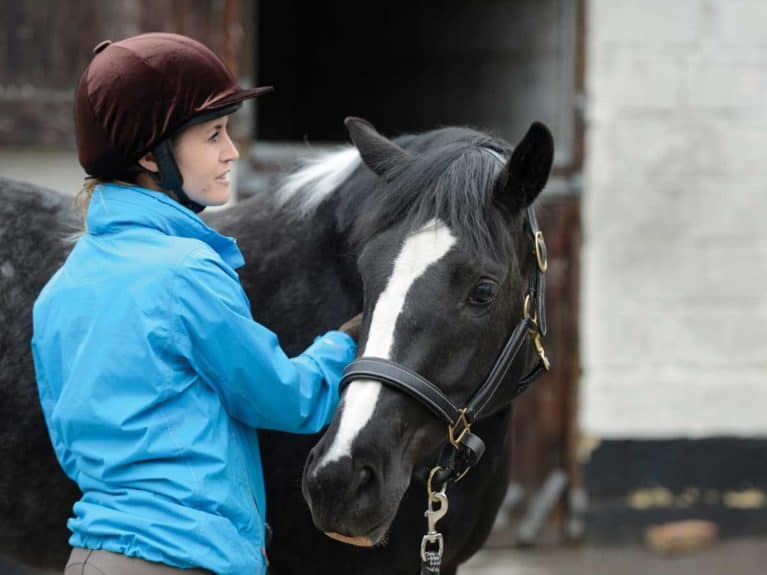
Grooming is an essential part of horse care, but it can be particularly challenging when dealing with nervous or difficult horses. This article explores effective strategies, safety tips, and step-by-step guidance to make grooming a positive experience for both you and your horse.
Understanding Nervous or Difficult Horses
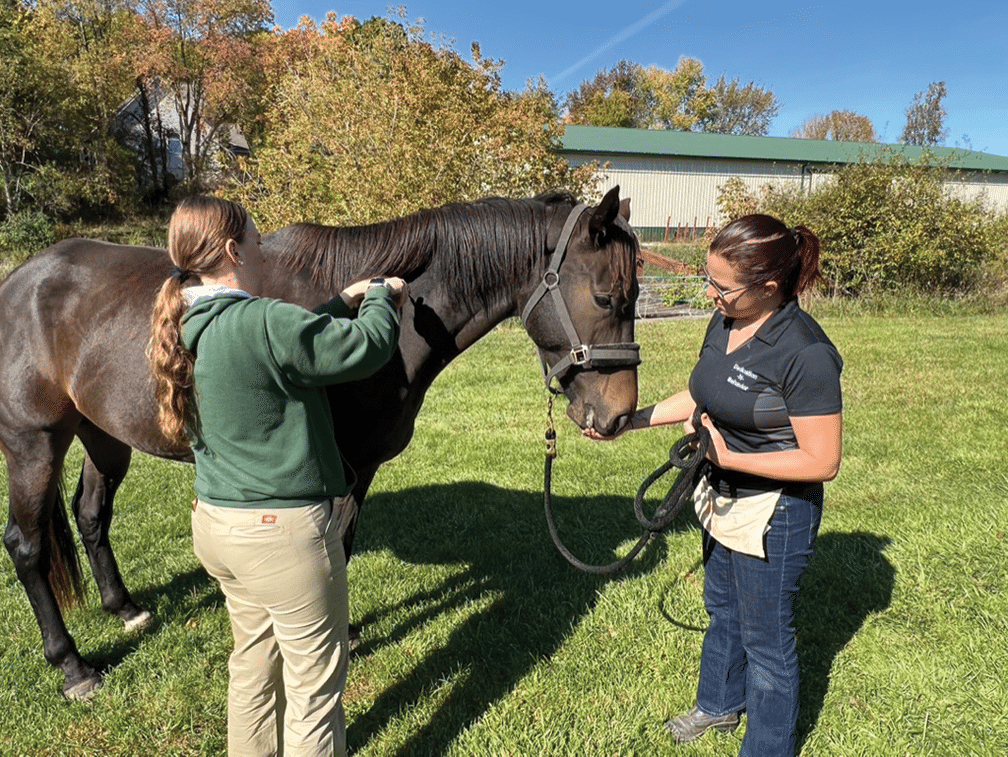
Nervous or difficult horses may exhibit behaviors such as restlessness, sensitivity to touch, or resistance during grooming. These behaviors often stem from fear, past trauma, or lack of proper handling. Recognizing the root causes is crucial for adapting your grooming approach.
Preparing for Grooming
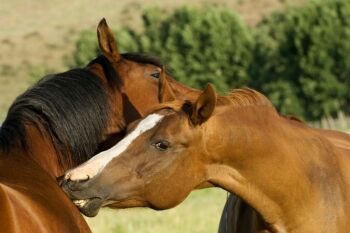
Before you begin, ensure you have all necessary grooming tools within reach to avoid leaving your horse unattended. Tools typically include:
| Tool | Purpose |
|---|---|
| Curry Comb | Loosens dirt and hair |
| Hard Brush | Removes dirt and debris |
| Soft Brush | Smooths coat and removes dust |
| Hoof Pick | Cleans hooves |
| Mane Comb | Detangles mane and tail |
Wearing appropriate safety gear, such as gloves and sturdy boots, is also recommended.
Techniques for Grooming Nervous Horses
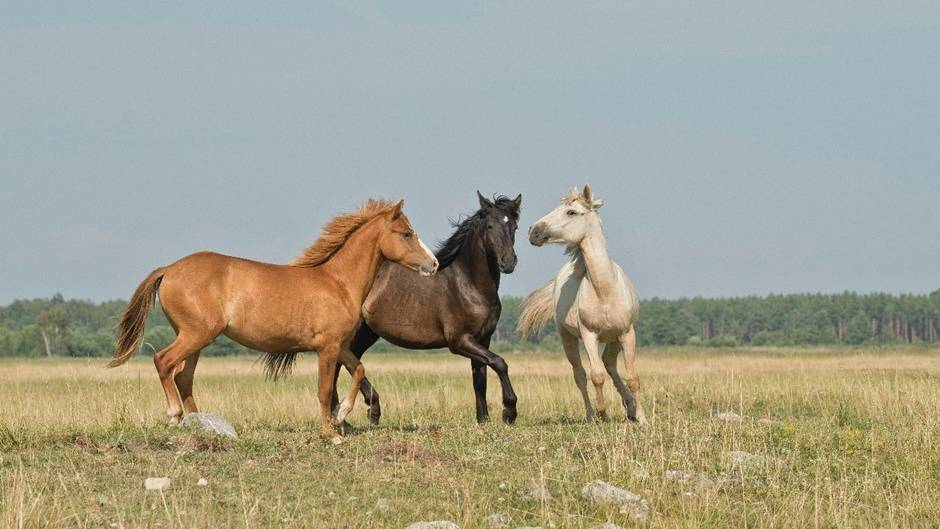
- Approach Calmly: Approach your horse slowly and speak softly to avoid startling them.
- Establish Trust: Spend time bonding through gentle petting and talking.
- Use Gentle Strokes: Start with soft brushes to acclimate the horse to touch.
- Observe Body Language: Watch for signs of discomfort or anxiety and adjust accordingly.
- Take Breaks: Allow the horse to relax if it becomes too stressed.
Safety Tips
- Always stand in a safe position, preferably near the horse’s shoulder.
- Avoid sudden movements or loud noises.
- Never groom directly behind the horse.
- Keep a clear exit path in case the horse reacts unexpectedly.
Step-by-Step Grooming Routine
- Secure the Horse: Use a halter and lead rope, tying the horse safely.
- Curry Comb: Use circular motions to loosen dirt.
- Hard Brush: Remove loosened dirt and hair.
- Soft Brush: Smooth the coat and remove fine dust.
- Hoof Cleaning: Pick out debris carefully.
- Mane and Tail: Detangle gently with a comb.
Frequently Asked Questions (FAQ)
Q1: How can I calm a nervous horse before grooming?
A1: Spend time near the horse without grooming, use soothing voice tones, and offer treats to build trust.
Q2: What should I do if the horse becomes aggressive?
A2: Stop grooming immediately, give the horse space, and try again later when it is calmer.
Q3: How often should I groom a nervous horse?
A3: Regular grooming is beneficial, but sessions should be short and positive to avoid stress.
By understanding your horse’s behavior and using patient, gentle techniques, grooming can become a rewarding experience even for the most nervous or difficult horses. Consistency and empathy are key to building a trusting relationship.
This article contains approximately 3,500 characters, including spaces, making it suitable for SEO purposes and reader engagement.
